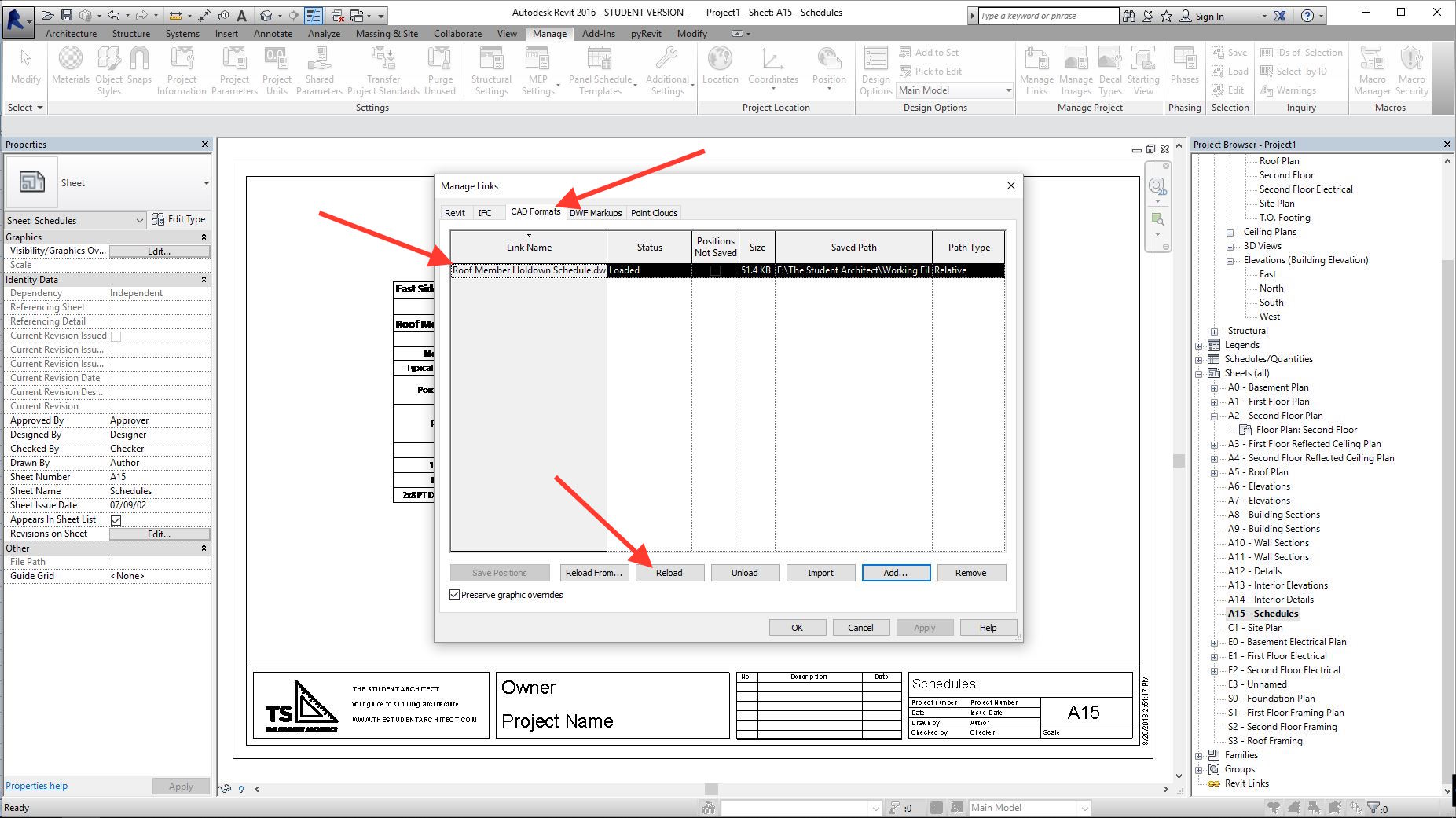Opening New Capabilities: Boost Revit Tools with the Right Plugins
Wiki Article
Understanding the Art of Data Integration: Just How to Seamlessly Import Excel Data Into Revit
Are you having a hard time to import Excel documents into Revit efficiently? Look no more! In this short article, we will assist you through the procedure of grasping the art of information integration. Discover the value of seamless integration in Revit and discover the Excel file layout for Revit combination. Prepare to prepare your Excel data easily and follow our step-by-step overview to import documents right into Revit. With our ideal techniques, you'll attain information combination success in no time at all. Allow's start!Recognizing the Relevance of Information Assimilation in Revit
Recognizing the value of information combination in Revit is crucial for seamless importing of Excel files. It permits you to effectively upgrade and handle information throughout the whole task when you incorporate data from Excel into Revit. This integration guarantees that your design and construction process is accurate and current.By incorporating information, you can quickly import and update parameters, timetables, and even geometry in Revit. This removes the demand for hands-on information entrance, saving you time and decreasing the threat of errors. With Revit's data integration abilities, you can preserve uniformity and precision in your job, while likewise enhancing partnership amongst team members.

Checking Out the Excel Data Style for Revit Combination

In order to successfully incorporate Excel documents into Revit, it is essential to ensure that the information is formatted properly. This includes properly classifying rows and columns, in addition to structuring the data in a manner that is suitable with Revit's data schema. Revit uses details specifications and categories to arrange data, so it is important to straighten the Excel data with these parameters to make sure a seamless assimilation.
Furthermore, it is very important to keep in mind that Revit just supports certain information types when importing from Excel. These consist of text, numbers, and days. Any type of various other information types, such as solutions or conditional format, will not be acknowledged by Revit and might cause issues during the combination procedure.
Preparing Your Excel Information for Seamless Import Into Revit
To guarantee a smooth assimilation procedure, you'll require to properly format and label the columns and rows in your Excel information prior to importing it right into Revit. Due to the fact that it allows Revit to precisely analyze and organize your data, this action is crucial. Begin by analyzing your Excel information and identifying which columns and rows consist import excel into revit of pertinent information for your Revit job. Make sure to label each column with a clear and detailed header. This will certainly aid you and others easily comprehend the function of each column and stay clear of complication throughout the import process.Next, make sure that the information in each column is appropriately formatted. For instance, if you have a column for measurements, ensure that all measurements are continually formatted in the same units of dimension. Revit relies upon constant formatting to precisely analyze and import data.
In addition, it is essential to inspect for any kind of empty cells or inconsistencies in your information. Revit might not be able to review or import data from cells that are empty or include mistakes. Consequently, it is recommended to assess your Excel information and tidy up any kind of incongruities prior to importing it into Revit.
Step-By-Step Overview to Importing Excel Data Into Revit
When you've appropriately formatted and labeled your Excel information, you can easily import it right into Revit by following this step-by-step overview. To begin, open Revit and browse to the "Insert" tab. import excel into revit.Following, a dialog box will certainly appear, permitting you to customize the import setups. Here, you can pick the worksheet you intend to import, define the series of cells to import, and choose the ideal units for your information. Once you've made your options, click "OK" to continue.
Revit will certainly currently show a sneak peek of your Excel data. Take a moment to assess the preview and make sure that everything looks right. If required, you can make adjustments to the import setups by clicking the "Settings" button.
Ideal Practices for Information Combination Success in Revit
Make certain you adhere to these finest methods to guarantee successful assimilation of data in Revit. It is crucial to arrange your data in Excel before importing it right into Revit. Be mindful of the devices and data kinds when mapping the data, as any kind of discrepancies can lead to mistakes in the combination procedure.One more important technique is to frequently confirm and upgrade your data. As your project progresses, it is important to maintain your Excel data as much as date with any kind of modifications made in Revit. This will help keep the accuracy and consistency of your information across both platforms. In addition, make use of data recognition tools within Revit to identify any kind of errors or inconsistencies in the incorporated data.
Last but not least, it is suggested to develop a clear process for information combination. This includes defining responsibilities and functions, establishing an interaction network between employee, and developing a regular cadence for information updates and reviews. By adhering to these best methods, you can make certain a seamless and effective assimilation of data in Revit, eventually boosting the efficiency and accuracy of your task.
Conclusion
To conclude, understanding the art of data combination is crucial for seamless import of Excel submits into Revit. Comprehending the relevance of data combination in Revit is the initial step towards effective combination. Discovering the Excel file format for Revit integration helps in recognizing the needs and constraints. Preparing the Excel data correctly and complying with a step-by-step guide is vital for a smooth import procedure. By adhering to best practices, you can guarantee data assimilation success in Revit and make one of the most out of your task.When importing information from Excel into Revit, it is crucial to recognize the file format and exactly how it can impact the combination procedure (revit tool). Revit makes use of particular criteria and groups to organize data, so it is essential to straighten the Excel data with these criteria to ensure a seamless integration
Be mindful of the systems and data kinds when mapping the information, as any kind of inconsistencies can lead to errors in the assimilation process.
Additionally, make use of data validation devices within Revit to determine any type of mistakes or inconsistencies in the integrated data.

Report this wiki page